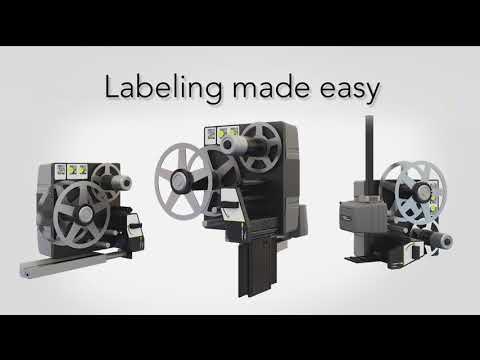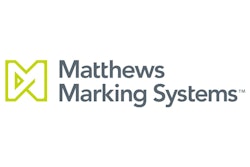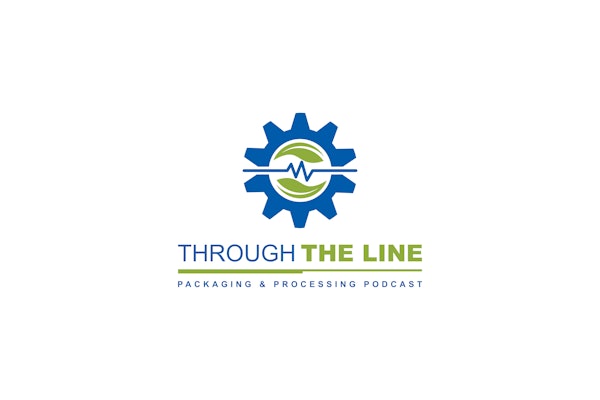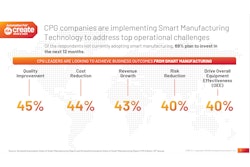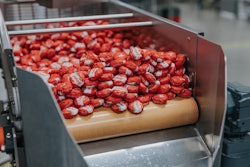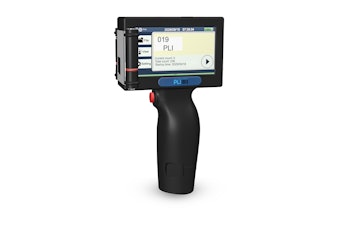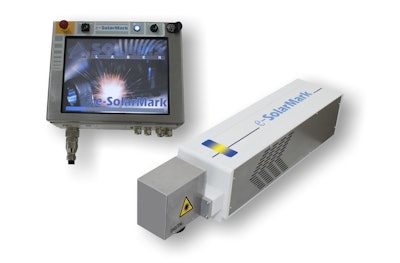
Matthews Marking Systems, a leading manufacturer of marking and coding products, announces a new line of lasers called eSolarMark+. eSolarMark+ units come in a variety of laser types including CO2, fiber, and a range of diode—including UV and green diodes.
The upgraded 15” touchscreen controller now features a wide variety of hardware upgrades including additional user-configurable I/O and parent/child controller configurations. The new controlling software, SolPRO, boasts improvements in its user interface graphic handling, non-Latin language support, remote diagnostics, and enhanced support for a wide variety of 2D codes.
Featuring a large, multi-colored LED to indicate status, the new laser design offers a sealed beam path to further limit dust ingress, beam bending modules for tight spaces, and a better exterior design for simple maintenance. Default laser configurations are air cooled but can be easily upgraded to water-cooled for high-temperature environments.
In addition to the laser hardware improvements, a new line of scanning heads for the eSolarMark+ are also being introduced. The new scanning heads maintain the accuracy of the e-SolarMark units while significantly expanding the range of marking windows, which feature the Large Area (LA) marking heads that can manage print areas up to 28”x12” (700mmx300mm).
“The line of e-SolarMark+ lasers are a comprehensive market offering that ensures all applications and substrates have a compatible laser,” says Raymond Fortuna, product manager. “Our target customer is one that wishes to remove consumables from their marking and coding while ensuring that their product receives a permanent and crisp, quality mark. High-speed lines or lines with FDA requirements can also benefit from a laser marking product because no chemicals are being introduced to the product substrate or production facility. Lastly, the large area marking fields make the e-SolarMark+ lasers perfect for web printing on foils and plastics. The larger the printing area per laser, the less lasers needed to print the whole web.”
